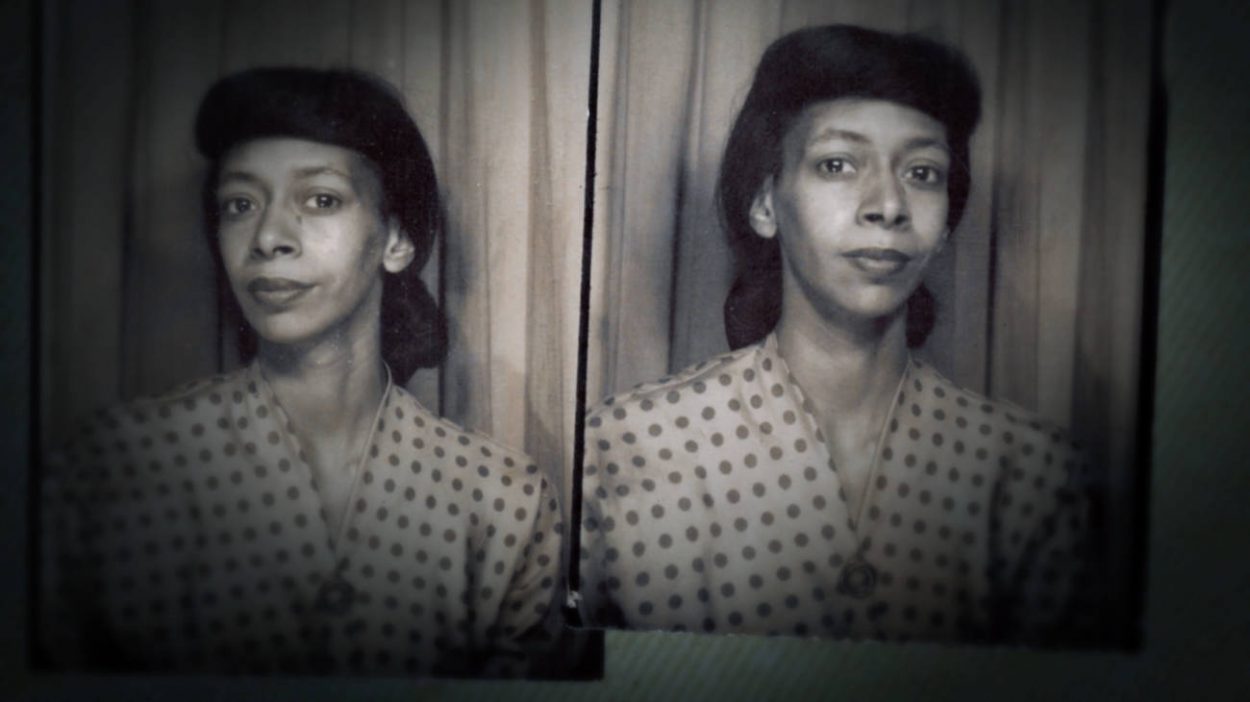That’s right, they said. What you are is a woman. Possibly not human at all, certainly defective. Now be quiet while we go on telling the Story of the Ascent of Man the Hero.
Go on, say I, wandering off towards the wild oats, with Oo Oo in the sling and little Oom carrying the basket. You just go on telling how the mammoth fell on Boob and how Cain fell on Abel and how the bomb fell on Nagasaki and how the burning jelly fell on the villagers and how the missiles will fall on the Evil Empire, and all the other steps in the Ascent of Man.
If it is a human thing to do to put something you want, because it’s useful, edible or beautiful, into a bag, or a basket, or a bit of rolled bark or leaf, or a net woven of your own hair, or what have you, and then take it home with you, home being another, larger kind of pouch or bag a container for people, and then later on you take it out and eat it or share it or store it up for winter in a solider container or put it in the medicine bundle or the shrine or the museum, the holy place, the area that contains what is sacred, and the next day you probably do much the same again — if to do that is human, if that’s what it takes, then I am a human being after all. Fully, freely, gladly, for the first time.
From Ursula K. Le Guin’s essay The Carrier Bag Theory of Fiction published by Ignota
GC gave me this book the other day, perfectly timed.
It can feel like the path to success, whatever on earth success actually is, takes some sort of aggro-ambition. What if it is gentler, more of a methodical and deliberate accumulation than a conquest?
SB has been playing Death Stranding and I’ve really enjoyed following along. The arc is definitely hero-centric, and of course the story is way out there in sci-fi land, but the main mechanic of accepting and delivering cargo is much more human than so many other supposedly more realistic video games.
I’d like to get and read Elizabeth Fisher’s Women’s Creation from 1975, but it might be tough to find in print. Thankfully the Internet Archive seems to offer it for borrowing. Pretty cool, I didn’t know that they had a lending library for scanned books.
